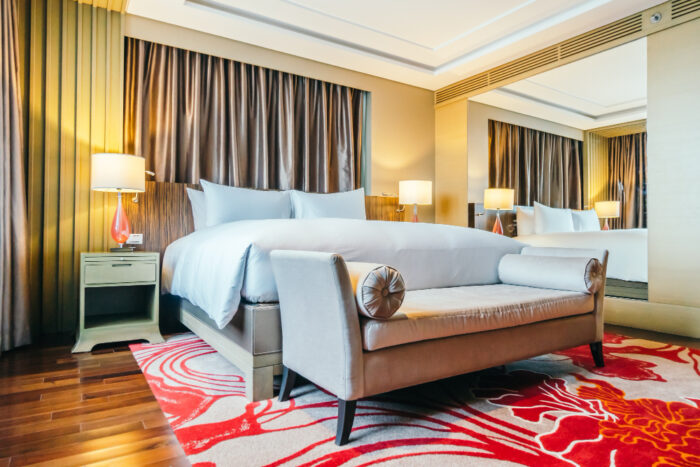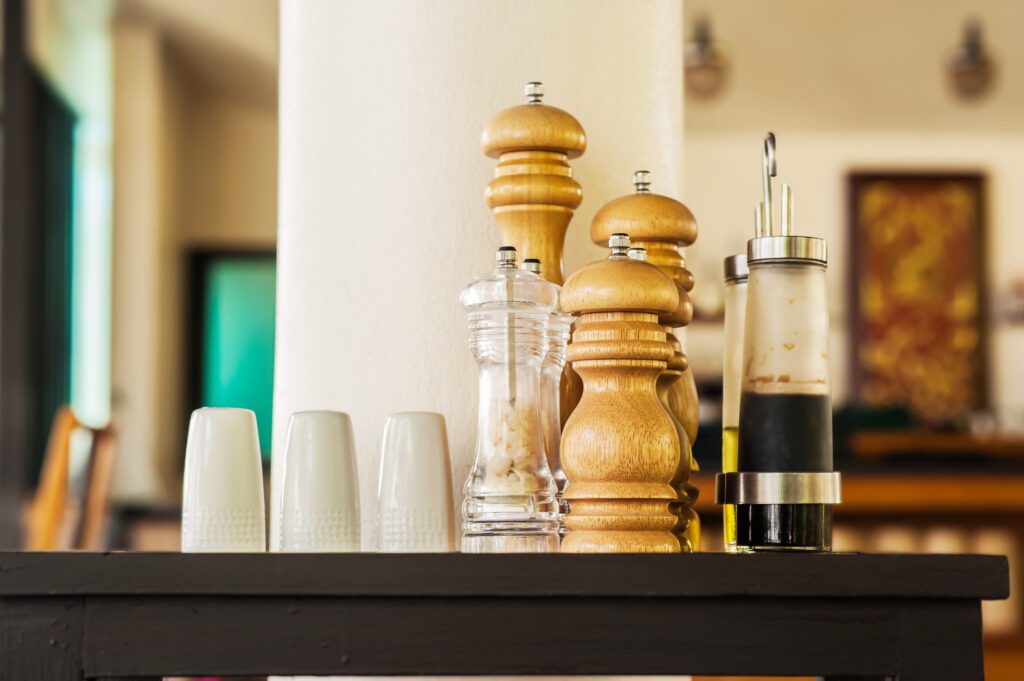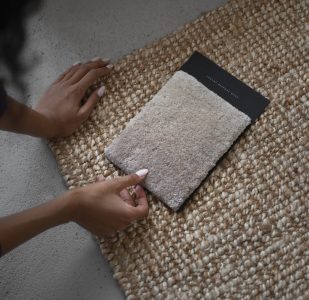
20 JAN 2024
"Smart renovation in hotels and resorts within the architecture field emphasizes a seamless blend of contemporary design and innovative technology integration. Architects focus on optimizing space utilization, enhancing guest experiences, and implementing sustainable solutions. Through thoughtful renovation, these properties evolve to meet modern expectations while preserving their unique architectural charm."
Selection of Renovation Team:
1. Hire an experienced Architect & a Project manager to oversee the renovation project.
2. Engage with architects, interior designers, contractors, and other necessary professionals with a clear Building Program.
3. Ensure that the selected team has experience in working on hotel renovations and can accommodate your requirements for minimal disruption.
4. A proper supervising team has to be put in place for supervising works, Billing & Material Management.

Technical Drawings & Award of Contract
1. After selecting the Renovation Architect & the contractors, all the Item Contracts are to be awarded with deadlines.
2. Relevant demo mock-ups should be created for approvals of various materials & finishes.
Start of Onsite works
1. Re-flooring:
Choose durable and easy-to-maintain flooring materials such as Viterified Tiles, Local stoneslaminate, luxury vinyl plank, or porcelain tiles.
Opt for flooring options that can be installed quickly and efficiently, minimizing downtime in guest areas
Coordinate flooring choices with the overall design scheme and color palette of each space.
2. Painting:
Select a neutral color palette for walls and ceilings that complements the hotel’s overall aesthetic and is timeless.
Use low-VOC (volatile organic compound) paint to minimize odors and environmental impact.
Schedule painting tasks during off-peak hours or when guest traffic is minimal to minimize disruption.
.
3. Lighting:
Upgrade to energy-efficient LED lighting fixtures throughout the hotel to reduce energy consumption and maintenance costs.
Install dimmer switches and programmable lighting controls to create different moods and ambiance in guest rooms and public areas.
Consider incorporating decorative lighting elements such as pendant lights or chandeliers to enhance the hotel’s design aesthetic.
.
4. Furniture and Furnishings:
Assess the condition of existing furniture and furnishings and determine what can be refurbished or repurposed.
Invest in high-quality, durable furniture pieces that are both stylish and functional, considering ergonomic factors for guest comfort.
Select furniture designs that complement the overall design theme of each space while maximizing functionality and flexibility.
5. Toilets and Bathrooms:
Upgrade bathroom fixtures such as faucets, showerheads, and toilets to improve water efficiency and guest experience.
Replace worn or outdated bathroom vanities, mirrors, and accessories with modern, durable alternatives.
Ensure proper ventilation and lighting in each bathroom to enhance comfort and usability for guests.
6. Window Treatments:
Install blackout curtains or blinds in guest rooms to ensure privacy and promote better sleep quality for guests.
Choose window treatments that are easy to clean and maintain, such as washable fabrics or faux wood blinds.
Consider motorized window treatments for added convenience and energy efficiency.
7. Accessories and Decor:
Curate a collection of accessories and decorative accents that enhance the hotel’s ambiance and reflect its brand identity.
Incorporate elements such as artwork, sculptures, and plants to add personality and interest to interior spaces.
Select accessories that are durable, easy to clean, and resistant to wear and tear from guest use.
8. Soft Furnishings:
Invest in high-quality bedding, pillows, and linens to provide guests with a luxurious and comfortable sleeping experience.
Choose durable upholstery fabrics for sofas, chairs, and ottomans that can withstand frequent use and cleaning.
Coordinate soft furnishings such as curtains, throw pillows, and area rugs with the overall design scheme of each space.
9. Technology Integration:
Upgrade in-room technology amenities such as smart thermostats, USB charging ports, and streaming-enabled TVs to enhance guest comfort and convenience.
Install high-speed Wi-Fi throughout the hotel to accommodate the needs of modern travelers.
Consider implementing keyless entry systems or mobile check-in options to streamline guest arrivals and departures.










